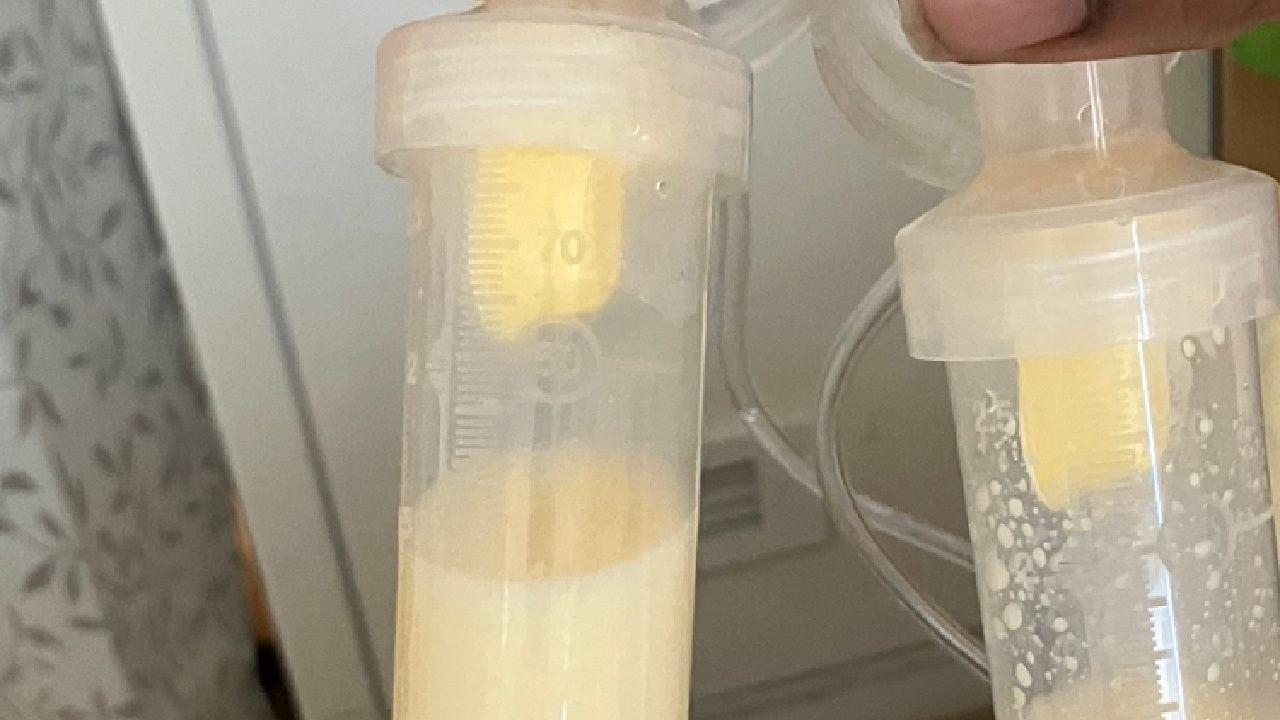IBCLC Janine was looking forward to the birth of her third baby. She had breastfed her previous two children without difficulty for over one year and was planning the same for this baby. But you know how third babies can be! They tend to surprise us in various ways. Janine's third b
...Milk Matters
Lactation College Blog Posts
Pasteurized Donor Human Milk (PDHM) is human milk that has been donated to a milk bank and pasteurized in a gentle heat treatment process which kills bacteria and viruses while maintaining the milk’s nutritional value. PDHM goes through a rigorous testing process to ensure high quality and safet...
If you’ve been working in the setting of maternal-child health for any length of time, I’m sure that breastfeeding education, assistance and support is a big part of what you do. That’s not surprising since over 80% of women in the US initiate breastfeeding in the first days of life. If you work...
Congratulations to those of you who are getting ready to take the IBCLC exam this year. As an IBCLC who has taken the exam four times (!) in my 30+ years of practice, I know the amount of studying and worrying that can take place in the months and weeks before the exam. Not to mention the clinica...
The goal of this blog is to answer the question in this email: "So many of my friends are recommending the Lactation College but I am confused about how to find it and which one is which. Can you help me?"
First, how GREAT IS IT that interest in lactation growing such that interest in our writings ...
Getting moms and babies off to a good start with breastfeeding in the first few days following birth is crucial to future success. We know that early effective feeding helps to establish a full milk supply and leads to longer breastfeeding duration. But what is the best way to support this imp...
A key tool for anyone caring for infants and children are growth charts. The following excerpt provides some history behind growth charts. It comes from an article written by Aaron E. Carroll entitled, The Trouble with Growth Charts. It was published in parenting.nytimes.com on November 25, 2019.
T...
This is probably the most common question I’m asked when consulting with new moms in the hospital. Almost every new mom is concerned about baby being able to take a bottle. Sometimes, it’s so “dad can help,” but more often because mom will be returning to work outside the home. Here is the
...The 6th edition of the Baby-Friendly USA Guideline and Evaluation Criteria (GEC) went into effect June 1, 2023. This post will discuss 4 of the changes in the new GEC.
First, some background.
The Baby-Friendly Hospital Initiative is an international designation established by the World Health Orga...
Rooming-in is the maternity model of care which allows for mothers and infants to stay together and minimizes unnecessary separation. It is also one of the Ten-Steps to Successful Breastfeeding which are the backbone of the Baby-Friendly Hospital Initiative. So why does rooming-in seem to be getti...
The PUMP Act went into full effect this month in the United States. Here are 7 things to know about this new law.
#1 Full name
The full name of the PUMP Act is Providing Urgent Maternal Protections for Nursing Mothers Act. Congress passed the legislation on December 29, 2022 but it was rolled out ...
I’ve had the unique opportunity to visit hospitals around the country for various conferences and consults, and it was always amazing to me that I would hear the very same myths about Baby-Friendly repeated from one hospital to the next, and from one state to the next. It was as though there was som...
SUBSCRIBE TO OUR BLOG
Come Learn With Us.













